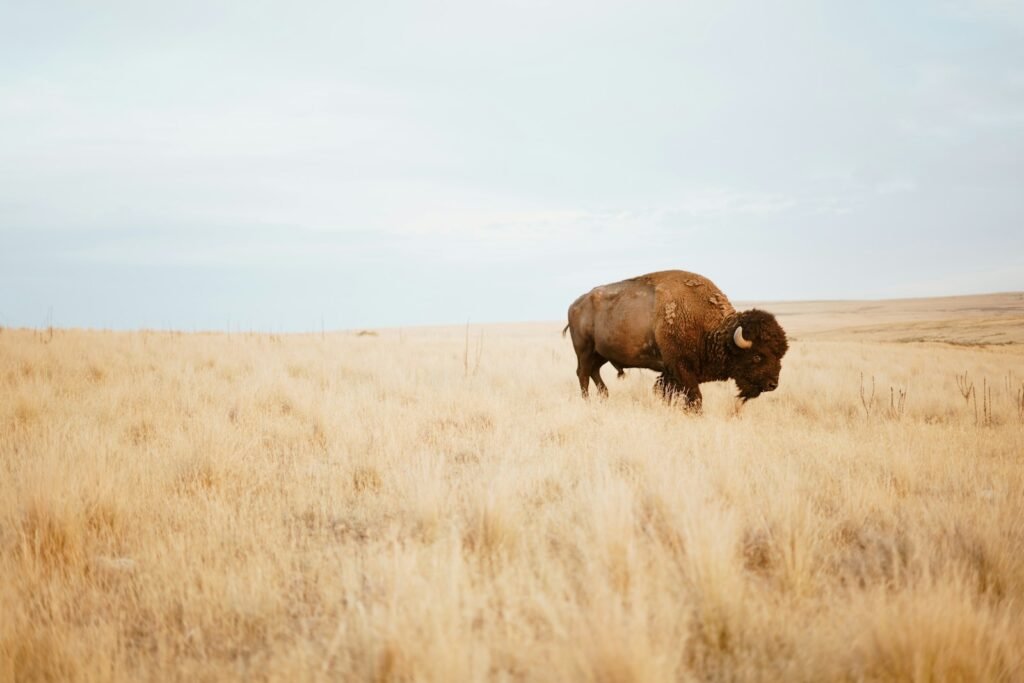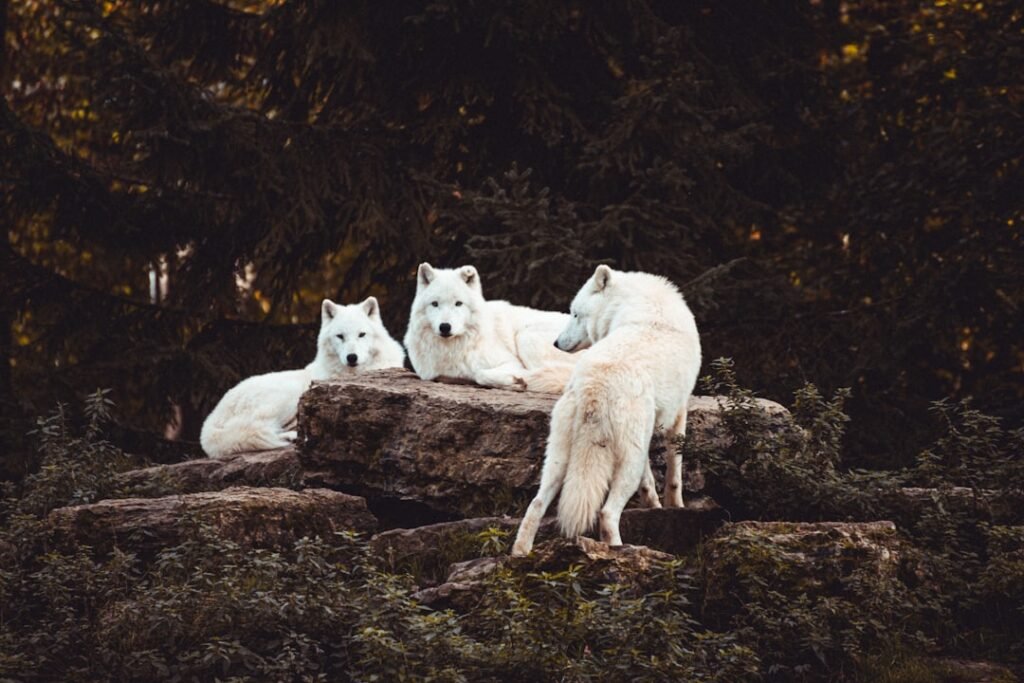It’s almost unbelievable to imagine: beneath the tranquil waters of familiar American lakes, entire graveyards from the Ice Age lie hidden in the mud. As you paddle across a sunlit lake, you might be gliding over the final resting place of mammoths, giant sloths, and even early humans. These ancient burial grounds, steeped in foggy mystery and scientific intrigue, have become a time capsule—one that’s rewriting what we thought we knew about the creatures and people who roamed North America tens of thousands of years ago. What secrets do these watery tombs hold? And what can they teach us about a lost world that, in some ways, may not be so different from our own?
The Surprising Discovery of Submerged Graveyards
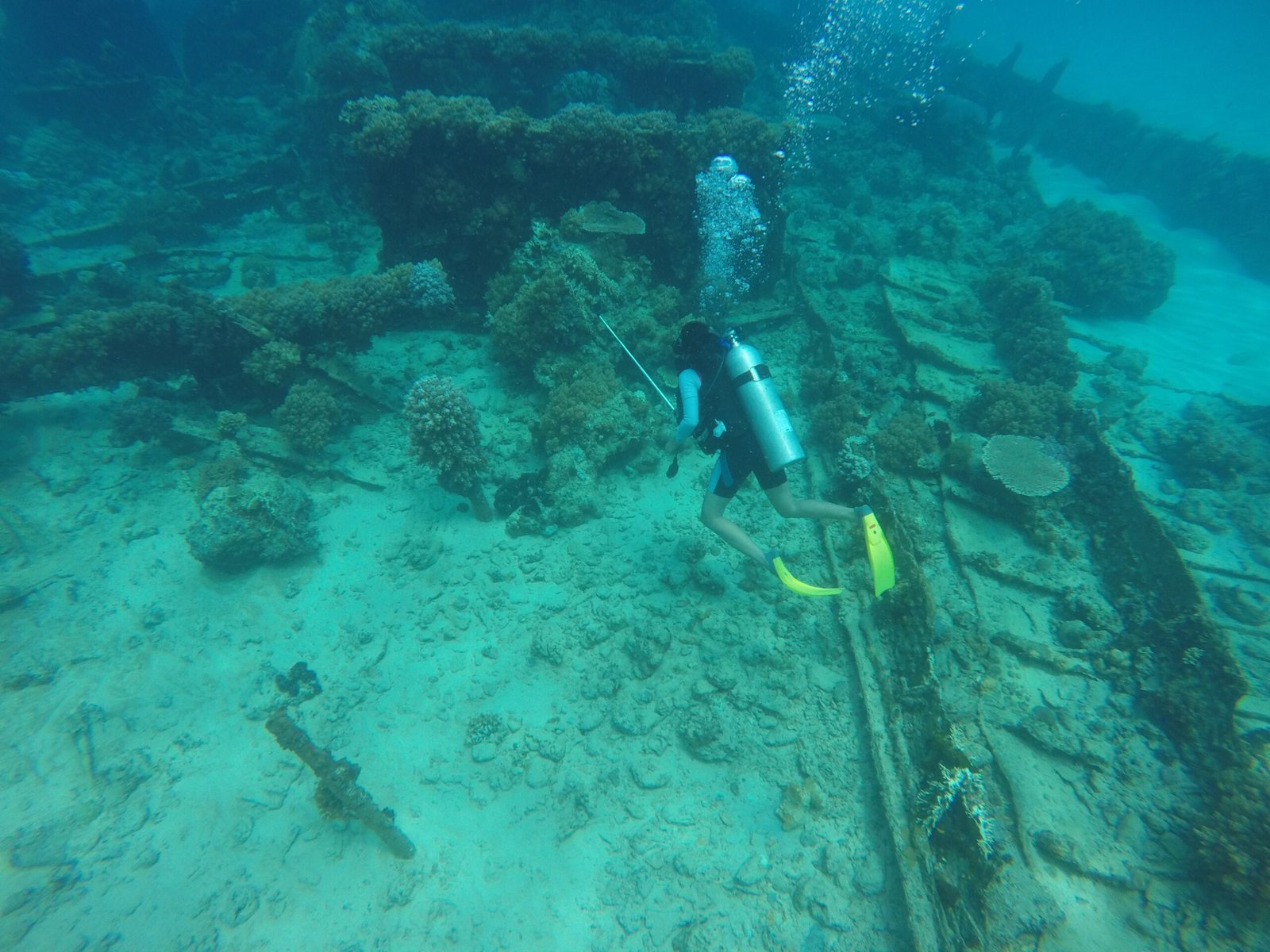
The first hints of Ice Age graveyards beneath lakes often come by accident. Fishermen snag bones on their hooks, or divers stumble across massive tusks poking out of the sediment. These chance finds have sent scientists scrambling to investigate. The realization that lakes could harbor such ancient remains has reshaped how archaeologists and paleontologists search for evidence of past life. Instead of just digging in dry land, they now plunge into the murky depths, where the water has preserved bones for millennia. Some of these sites are so well-preserved that even delicate structures, like tiny fish bones or seeds, remain intact, giving us astonishingly detailed snapshots of ancient ecosystems.
How Did These Graveyards Form?

During the last Ice Age, much of the United States looked dramatically different. Massive glaciers carved out basins that would later fill with meltwater, becoming the lakes we know today. As the ice retreated, the landscape was a harsh mix of tundra and grassland, teeming with megafauna. Animals and occasionally humans perished at watering holes, got trapped in mud, or were swept into rivers—eventually settling at the bottoms of these glacial lakes. Over thousands of years, sediment built up, gently burying the remains and protecting them from scavengers and the elements. This unique process created natural graveyards, frozen in time beneath the water.
Mammoths, Mastodons, and Megafauna: The Lake Dwellers

Some of the most awe-inspiring finds beneath U.S. lakes are the bones of colossal creatures: woolly mammoths, mastodons, saber-toothed cats, and giant ground sloths. These Ice Age giants once roamed the continent in herds, leaving traces of their lives and deaths scattered across lakebeds. For instance, Lake Okeechobee in Florida and Lake Michigan have both yielded massive tusks and teeth, sometimes so well-preserved that DNA can be extracted. These remains help us imagine a world where elephants the size of buses grazed the plains, and predators bigger than lions stalked the shadows.
What Bones Can Tell Us About Ancient Climates

The bones and teeth found in these graveyards are like pages from a weathered diary. Scientists study the chemical makeup of these remains to learn about the environment in which the animals lived. Oxygen and carbon isotopes in bones reveal what kinds of plants the animals ate and how much water was available. Some mammoth tusks even show growth rings—like trees—that can be counted to estimate age and even seasons of hardship or plenty. These clues help reconstruct Ice Age weather patterns, rainfall, and even catastrophic droughts or cold snaps that could have driven mass extinctions.
Traces of Early Humans Beneath the Surface

It’s not just animals that rest at the bottom of these lakes. Occasionally, stone tools, spear points, and even human bones are found, pointing to the presence of ancient people. Sites like the Page-Ladson sinkhole in Florida have produced evidence of human activity dating back over 14,000 years—much older than previously believed. These discoveries challenge the idea that people only arrived in North America after the last Ice Age, suggesting instead that humans shared these wild landscapes with mammoths and other giants, sometimes hunting them or scavenging their remains.
The Role of Water in Preserving Ancient Secrets

One of the reasons lake graveyards are so important is the incredible preservation afforded by water. When bones are quickly buried in oxygen-poor mud at the bottom of a lake, decay slows to a crawl. This “natural refrigeration” keeps delicate fossils intact, sometimes even preserving traces of DNA, hair, or skin. Scientists can study these remains in ways that would be impossible if they had been exposed to air and sunlight. In some cases, entire skeletons are found articulated, as if the animal lay down and never got up, providing a haunting glimpse into their final moments.
Solving the Mystery of Mass Die-Offs

Large clusters of bones in a single location often hint at dramatic events. Sometimes, these graveyards are the result of sudden floods, droughts, or disease outbreaks that wiped out herds in one catastrophic moment. By carefully mapping the bones and analyzing the surrounding sediments, researchers can piece together what happened. For example, scientists might find layers of ash indicating a volcanic eruption or pollen grains that show a sudden switch in plant life. These stories of disaster and survival help us understand how ancient creatures coped with a world in flux.
Lake Clark’s Surprising Bison Cemetery
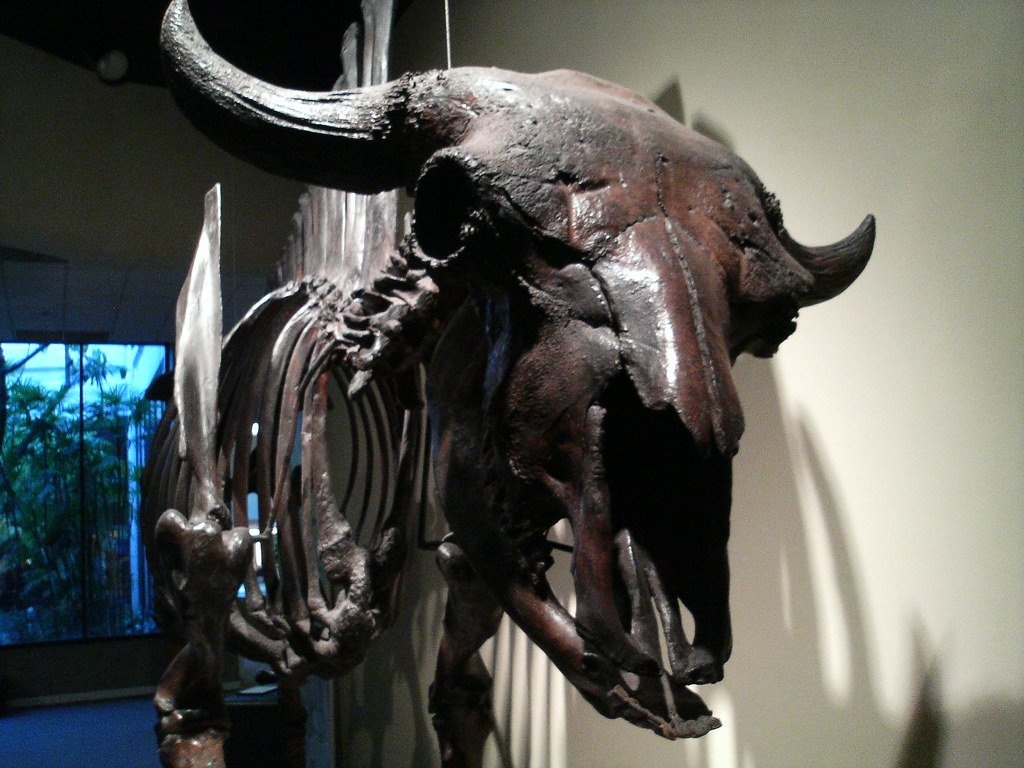
One striking example can be found in Lake Clark, Alaska, where hundreds of Ice Age bison skeletons were discovered beneath the silt. The bones tell of a time when vast herds roamed the region, only to disappear suddenly, likely due to climate change or hunting pressure. Studies of these bison remains are providing important data on shifts in migration patterns, genetic diversity, and how entire populations can vanish seemingly overnight. It’s a sobering reminder of the fragility of nature.
The Ancient Lake Agassiz and Its Lost World

Lake Agassiz, once larger than all the Great Lakes combined, was a vast inland sea formed by melting glaciers. Though it’s gone now, its ancient shorelines and mudflats have yielded graveyards of everything from giant beavers to towering camels. The creatures found here suggest a vibrant ecosystem, with a climate oscillating between ice and warmth. When Agassiz burst its banks, it unleashed torrents that reshaped the continent and possibly even triggered global climate shifts. The fossil record beneath its former waters shows just how much one giant lake could change the planet.
Florida’s Underwater Time Capsules

Florida’s lakes and sinkholes are hotspots for Ice Age fossils. Underwater caves like those at Silver Springs and Wakulla Springs have produced the bones of mastodons, giant tortoises, and even prehistoric horses. The warm, mineral-rich waters help preserve bones for thousands of years. Divers exploring these watery vaults describe the experience as eerie and magical—swimming through a prehistoric graveyard, surrounded by the silent witnesses of an ancient age.
Revelations from DNA Analysis
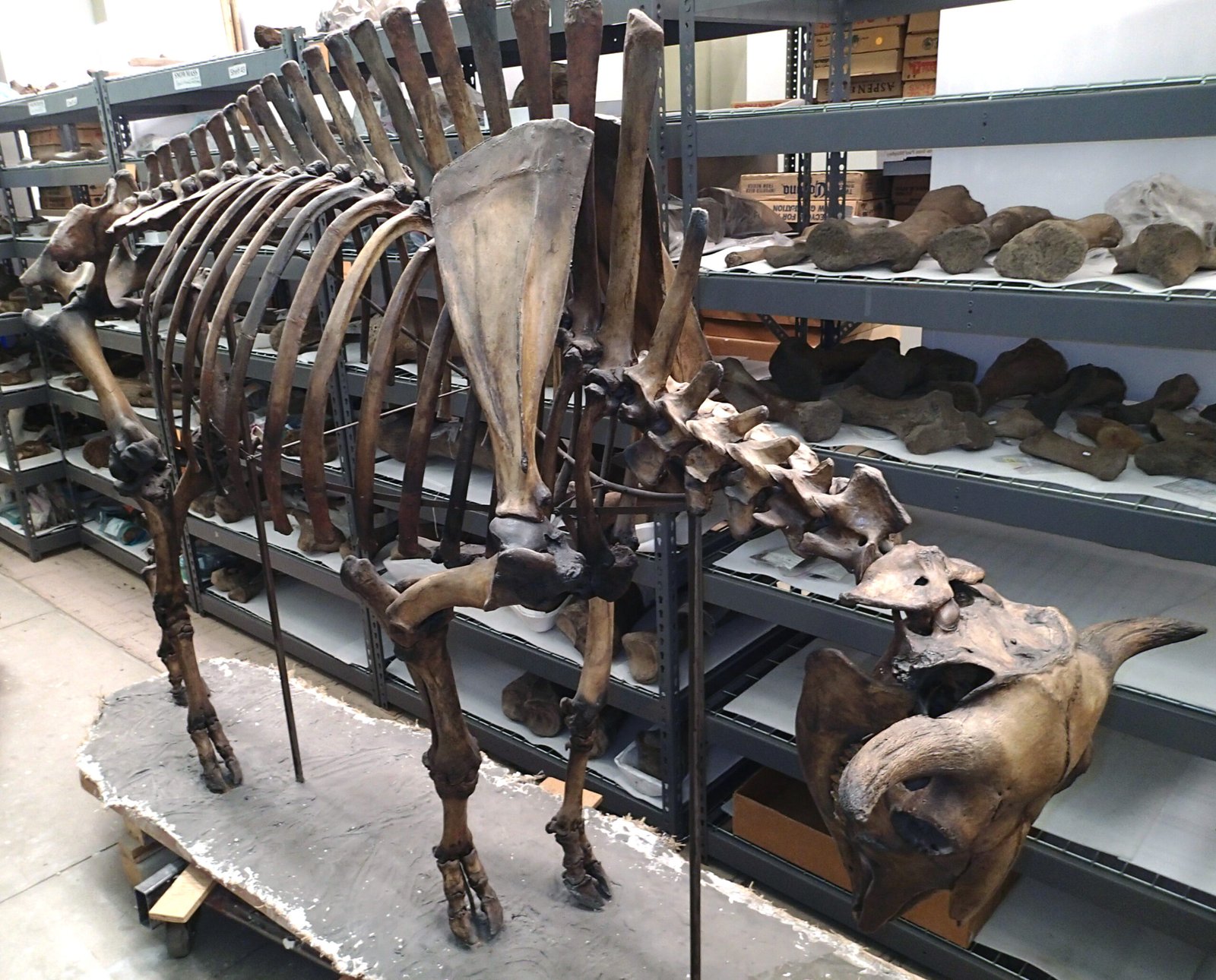
Modern technology has revolutionized the study of lake graveyards. Scientists can now extract and sequence ancient DNA from bones and teeth, revealing not just what species lived there, but their relationships, diets, and diseases. Genetic studies have uncovered surprising connections, like bison from Alaska that are closely related to those in Siberia, hinting at migration routes across the Bering Land Bridge. DNA also helps track the decline of megafauna and the arrival of humans, painting a more complete picture of who lived—and died—by the lakeshore.
Ancient Plants and Pollen: The Lakebed Library

It’s not only bones that tell stories—lake sediments are packed with pollen grains, seeds, and ancient plant fragments. By analyzing these tiny clues, scientists reconstruct the vegetation and climate of the Ice Age. Shifts in pollen types can indicate warming or cooling trends, droughts, or the spread of new ecosystems. Sometimes, the remains of edible plants suggest what people and animals ate, or even hint at early farming experiments long before official “agriculture” took root.
The Unsolved Mysteries of Predator and Prey

Some lake graveyards feature a curious mix of predator and prey bones, jumbled together in ways that defy easy explanation. Did a drought force them all to the same shrinking waterhole? Did a sudden freeze trap them together overnight? Or were these places ancient hunting grounds, where early humans ambushed their quarry? These puzzles fuel debates among scientists, each new discovery adding another piece to a sprawling, incomplete jigsaw puzzle.
Unexpected Finds: Extinct Oddities
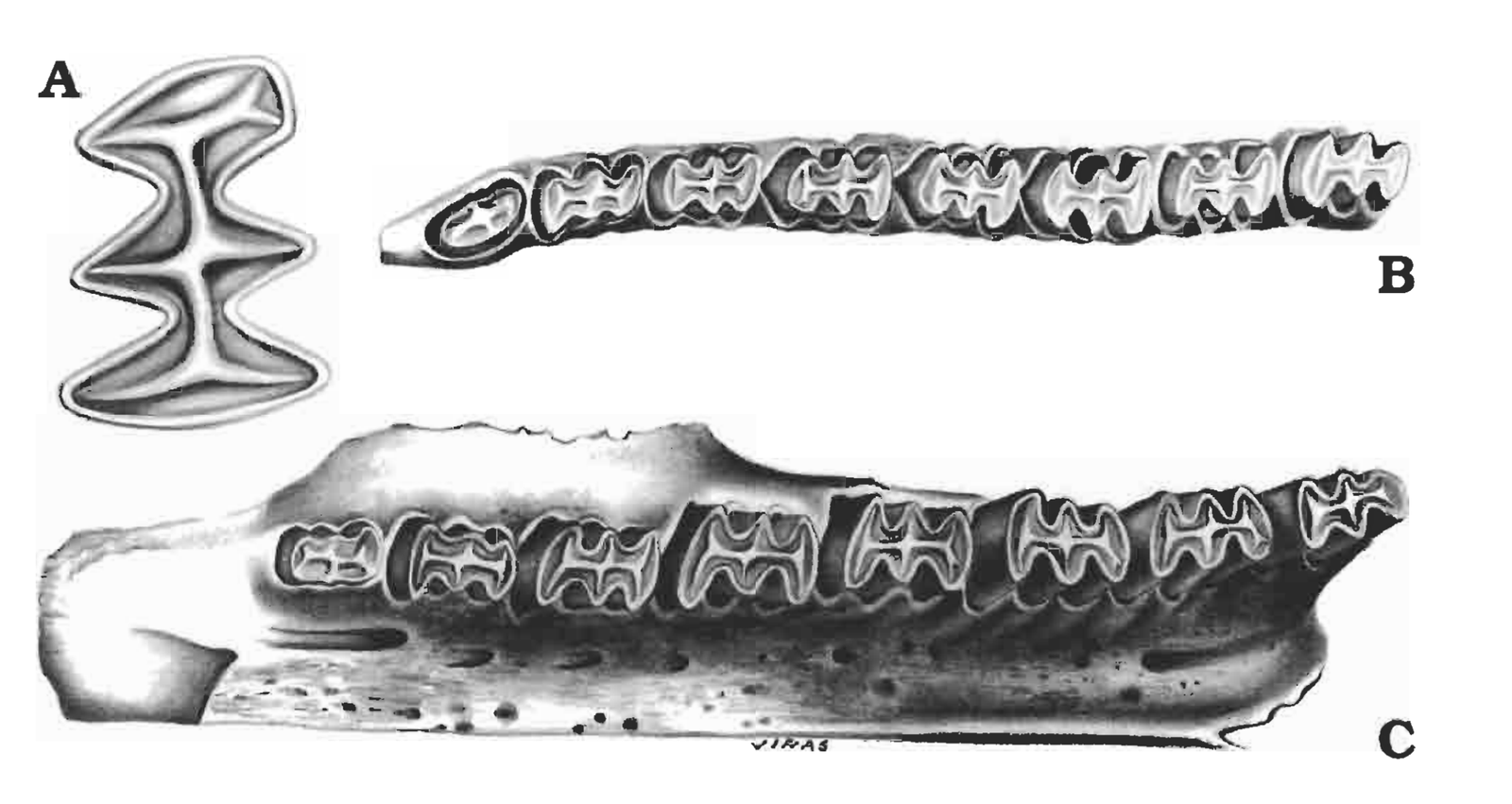
Every so often, a lakebed yields a fossil that surprises even seasoned experts. Take the giant armadillo-like glyptodont, whose bony shell looks like a Volkswagen Beetle, or the short-faced bear, a predator so large it would have dwarfed modern grizzlies. These oddities remind us just how strange and varied Ice Age life was, and how much we still have left to discover. It’s like opening a treasure chest and finding something you never even knew existed.
Clues to Ancient Catastrophes

Occasionally, the sediment layers in lake graveyards reveal evidence of sudden disasters: volcanic ash, meteoric debris, or tsunami deposits. These signs point to moments when entire ecosystems were wiped out in an instant. By studying these layers, researchers can connect local events to global patterns—like the theory that a comet impact helped trigger the end of the Ice Age and the extinction of the mammoths. Each graveyard becomes a silent witness to nature’s power and unpredictability.
Modern Threats to Ancient Lakebeds

Sadly, these underwater graveyards are not immune to modern dangers. Pollution, invasive species, and climate change threaten to disturb or destroy these priceless archives before they can be fully explored. Draining lakes for agriculture or development can expose bones, but often damages them beyond repair. Scientists race against time, knowing that once these fossils are lost, the stories they tell are gone forever.
Community Science and Lake Graveyard Discoveries

Ordinary people play a surprising role in uncovering Ice Age graveyards. Hobby divers, fishermen, and even kids on summer vacation have stumbled across bones and artifacts that turn out to be thousands of years old. Museums often invite the public to report finds, and community science projects help map new sites. It’s a reminder that science isn’t just for experts—sometimes, the next big discovery could come from anyone willing to look a little closer.
Why Ice Age Graveyards Matter Today

The lessons buried beneath our lakes have never been more relevant. Studying ancient extinctions and climate shifts helps us understand the challenges facing wildlife and humanity now. By learning how past species adapted—or failed to adapt—we gain clues for protecting modern ecosystems. These graveyards are not just relics; they are warning bells and inspiration, echoing across the ages.
The Ongoing Quest for Answers

Researchers continue to probe the depths, inventing new tools and forging new collaborations. Each expedition brings fresh questions: What else lies buried out of sight? How did life rebound after each catastrophe? The thrill of discovery keeps scientists and adventurers coming back, eager to learn more about our planet’s deep past and what it means for our future.
As you look out across a calm lake today, it’s worth remembering. Beneath those still waters, a forgotten world waits—a story of giants, survivors, and mysteries yet unsolved.

